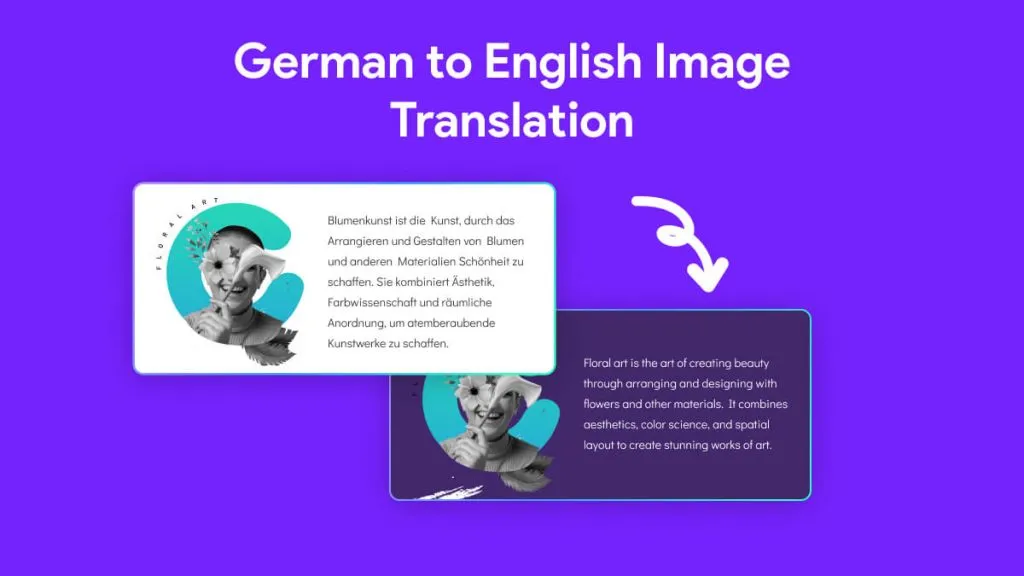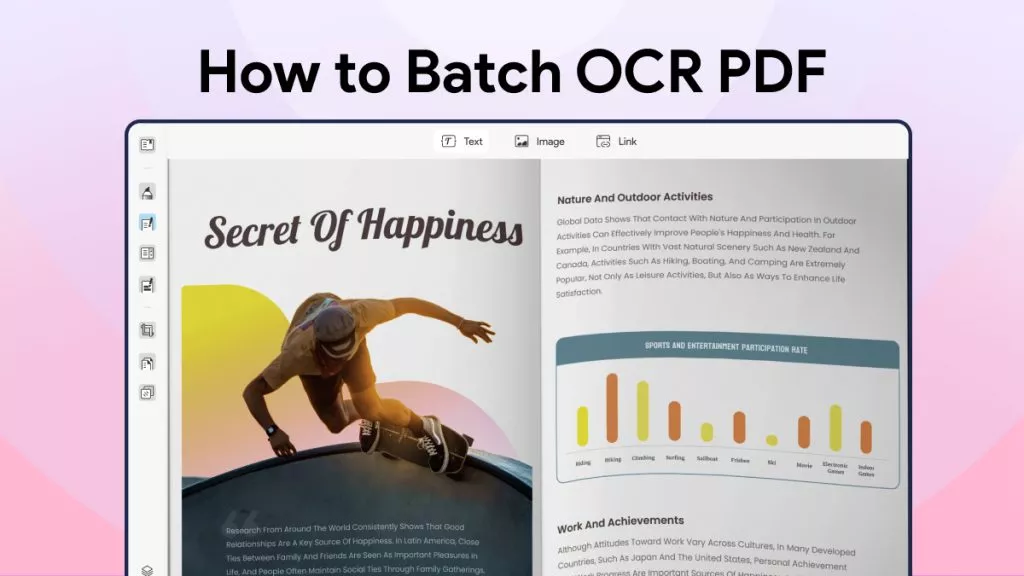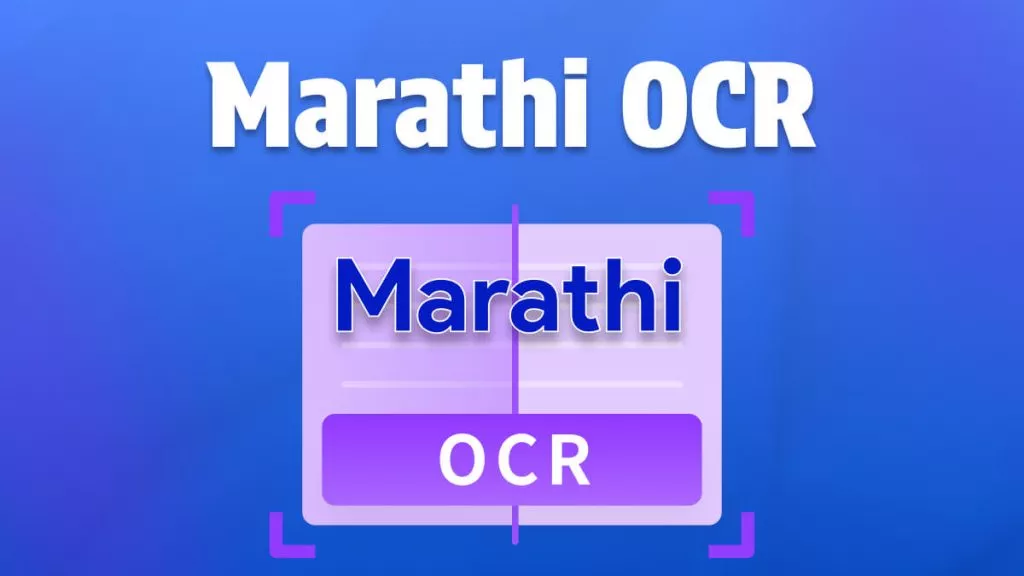In the digital era, where images often carry text for various purposes, the ability to remove text from an image becomes a valuable skill. Whether it's for aesthetic reasons, privacy concerns, or repurposing visuals, learning how to effectively remove text from images is a sought-after digital proficiency.
In this blog post, we dive into the techniques and tools necessary for this task. We will guide you through the simplest yet most effective methods to remove text from an image, ensuring that the end result is both clean and professional. From basic photo editing software to advanced AI-powered tools, we cover it all. Keep reading till the end to transform your image editing skills and achieve the perfect text-free visuals.
Part 1. Can I Remove Text from an Image?
Let's begin by asking the question: Can you remove text from an image? The answer: Yes, you can remove text from an image. With the advancement in photo editing technology, erasing text from images has become a relatively straightforward process. Various software and applications, ranging from basic photo editors to more advanced tools, offer the functionality to remove text effectively. These tools use techniques like cloning, healing, or content-aware fill to replace the text area with the surrounding pixels, blending it seamlessly with the rest of the image. The process typically involves selecting the text area and applying the appropriate tool to remove it, ensuring that the underlying image remains intact and visually appealing. Whether you design on a professional level or a casual user, these tools provide an accessible way to achieve clean, text-free images. Continue reading to learn the various methods to remove text from an image.
Part 2. Simplest Ways to Remove Text from an Image or Multiple Images
Removing text from an image or multiple images can often seem daunting, but with the right tools and methods, it's a simple and efficient process. UPDF emerges as a standout solution in this context, offering functionalities that cater to both OCR (Optical Character Recognition) and editing needs, making it ideal for removing text from images.
Introducing UPDF: A Simplified Approach to Text Removal
UPDF provides a user-friendly interface combined with powerful features to remove text from images. Its OCR functionality is key in recognizing and converting text within images into editable formats. Once the text is editable, UPDF's editing tools allow for smooth and precise removal. We encourage you to download UPDF and experience its efficiency in simplifying image editing tasks.
Windows • macOS • iOS • Android 100% secure
Step-by-Step Guide to Remove Text Using UPDF
- Prepare Your Image(s): Start by dragging and dropping your image or multiple images into UPDF. This action converts your images into a PDF format, preparing them for the next step.
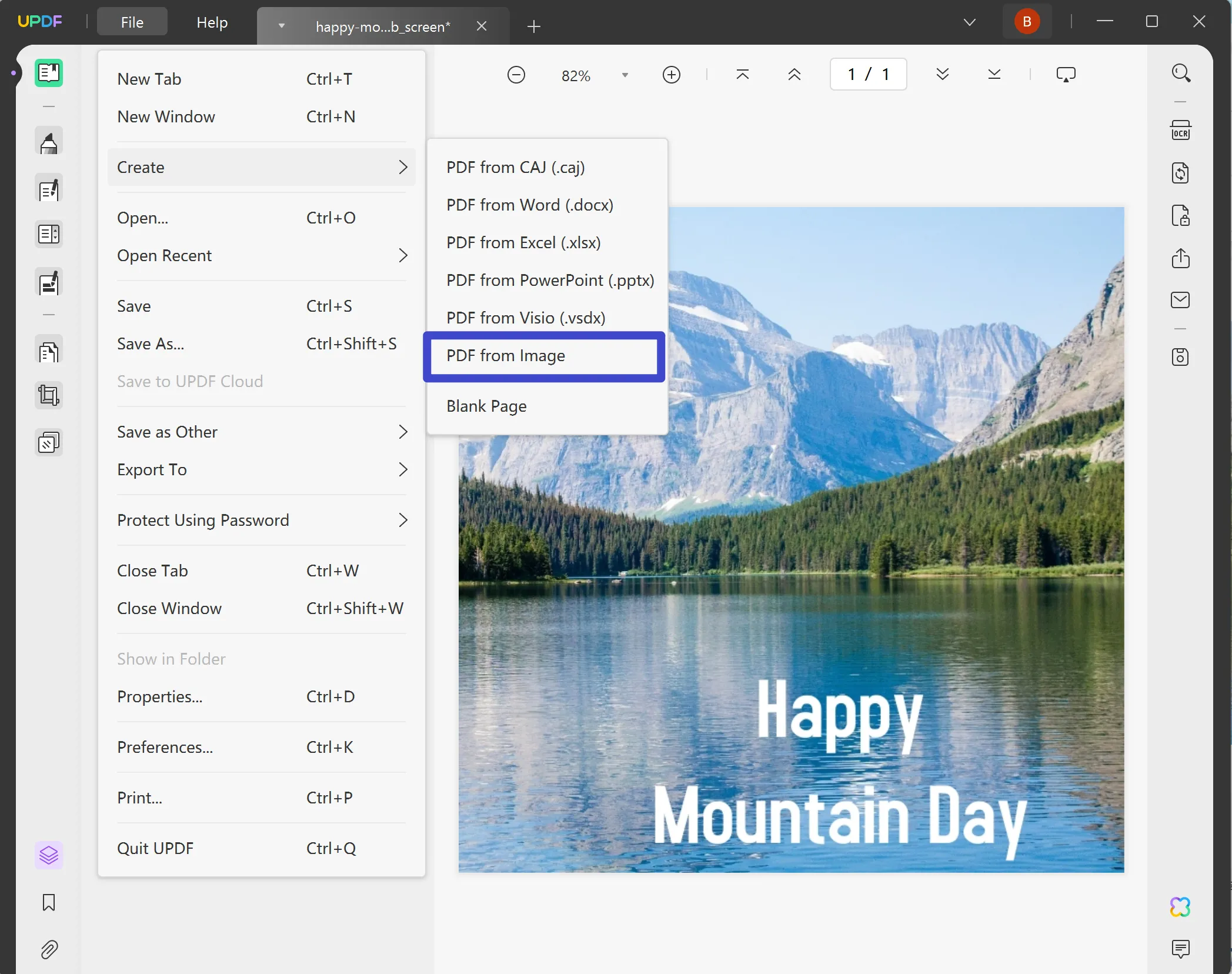
- Perform OCR: Utilize UPDF's OCR feature to recognize and digitize the text within your images. This process is crucial as it transforms the text into an editable format. Be sure to save the documents after performing OCR.

- Edit and Remove Text: UPDF will automatically open the now OCR-processed document. Switch to Edit mode. Here, you can precisely select and remove any unwanted text from your images.
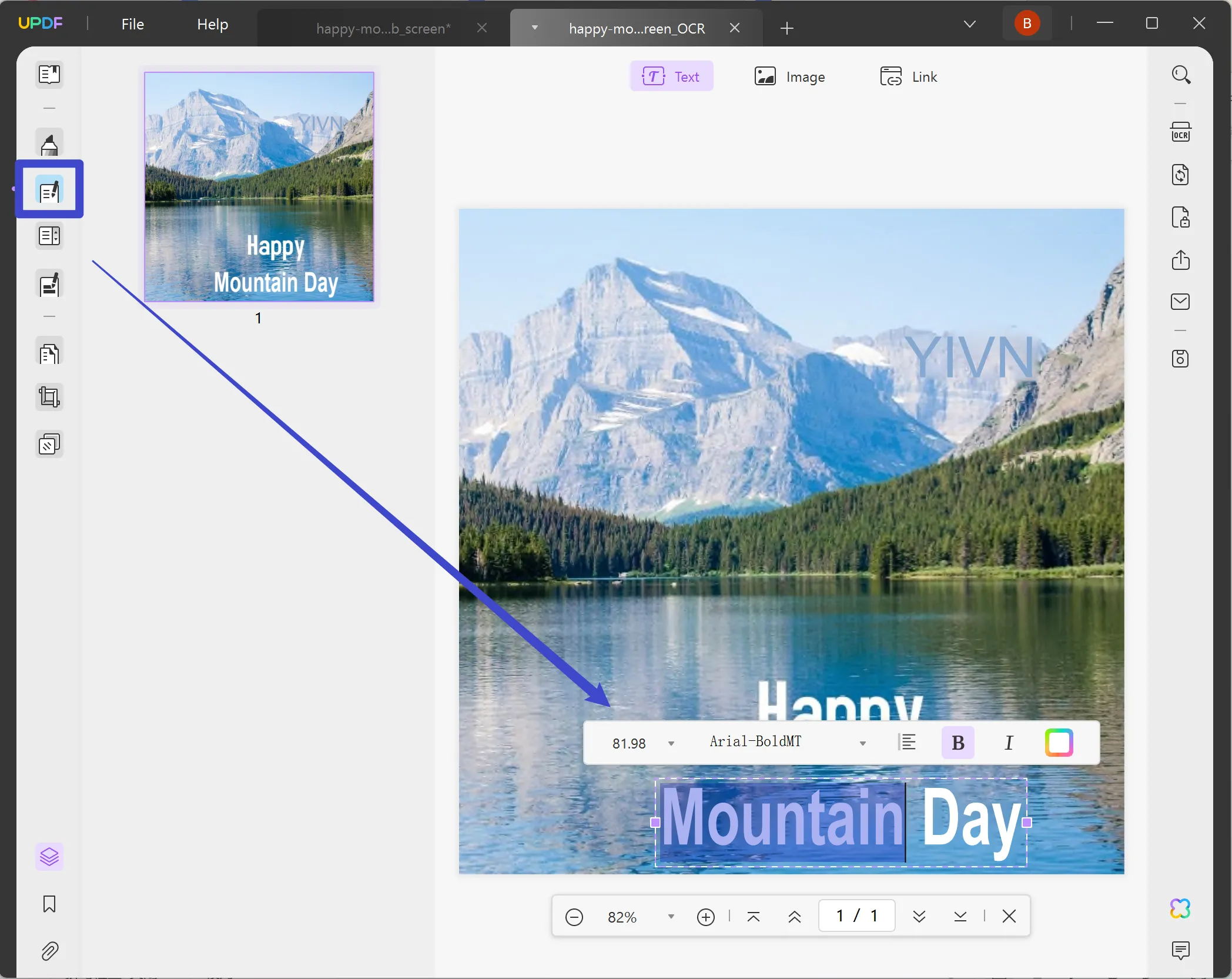
Key Features of UPDF's OCR and Edit Functionalities
- OCR Accuracy: UPDF's OCR technology is highly accurate, ensuring that the text in your images is correctly recognized and converted for editing.
- Fast Processing Speed: UPDF is designed for efficiency, allowing quick conversion and editing, saving you valuable time, especially when working with multiple images.
- Convenience for Bulk Editing: One of the standout features of UPDF is its ability to handle multiple images simultaneously. This means you can remove text from a series of images in one go, streamlining your workflow significantly.
- Re-add or Change Text Color: Except for removing text from images, UPDF also provides convenient tools for adding new text, changing font color, font size, and font per your needs.
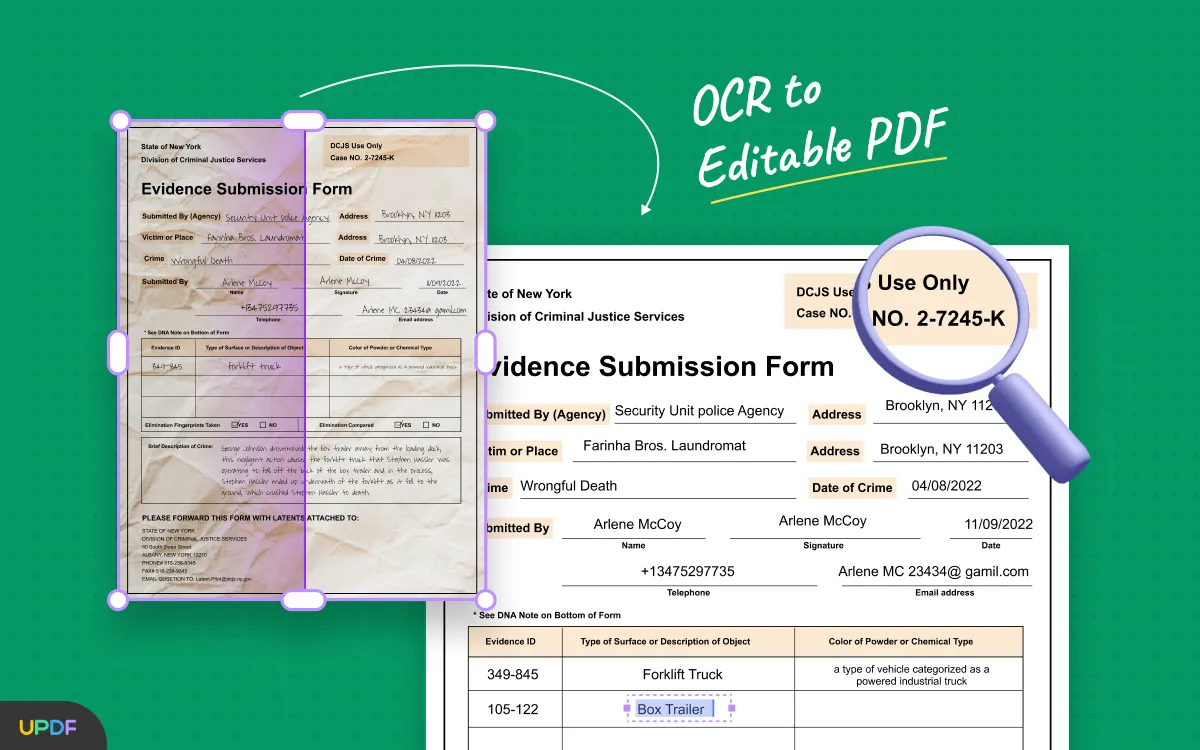
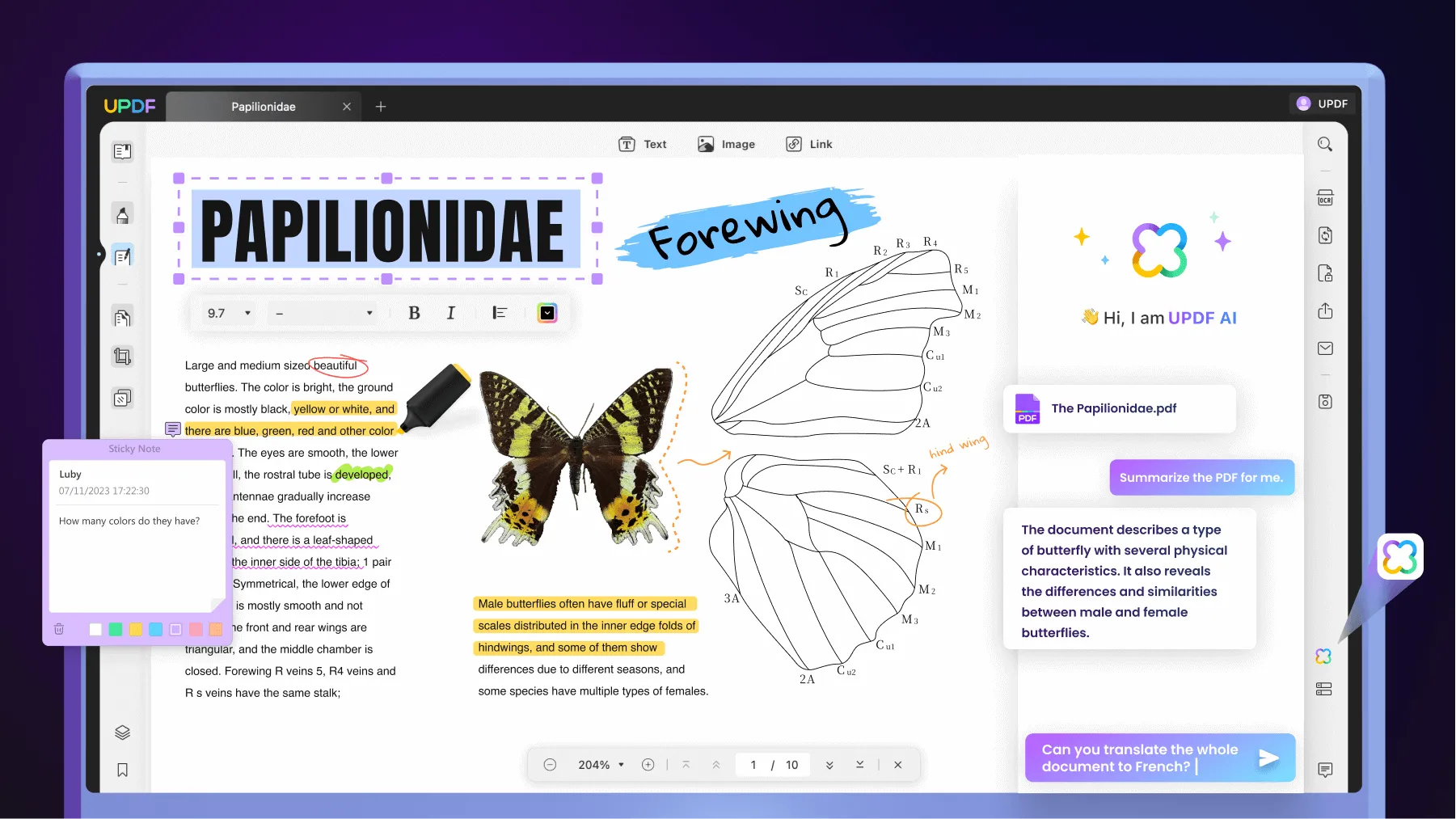
UPDF's combination of precise OCR and versatile editing tools makes it a top choice for anyone looking to remove text from images. Its ease of use, combined with the ability to handle multiple images at once, positions UPDF as a valuable asset for both professional and personal image editing tasks. Download UPDF now and experience a hassle-free way to achieve clean, text-free images.
Windows • macOS • iOS • Android 100% secure
Bonus
Part 3. How Can I Remove Text from an Image? - For Professional Designers
Professional designers often face the challenge of removing text from images, a task that requires precision and the right tools. For professional designers, removing text from an image is a frequent necessity, especially when repurposing visuals or correcting designs. Advanced software like Adobe Photoshop offers robust features for this purpose, but the process can be intricate and time-consuming. Understanding these methods is crucial for professionals who are looking to maintain the quality and integrity of the underlying image. This section focuses on advanced methods suited for professionals, highlighting both their capabilities and limitations.
General Cons or Limits of Professional Methods
- Complexity: Advanced tools often come with a steep learning curve, making them suitable mostly for users with professional skills and experience.
- Time-Consuming: Detailed text removal can be a time-intensive process, particularly with complex images.
- Risk of Background Distortion: There's a possibility of inadvertently altering or removing parts of the image background during the text removal process.
- Requirement for High Precision: These methods demand a high level of precision to ensure seamless removal without leaving traces or artifacts.
- Software Cost: Professional-grade software typically comes with a cost, which might be a limiting factor for some users.
Steps for Removing Text Using Photoshop
- Select the Text: Use Photoshop's selection tools (like the Lasso or Magic Wand) to accurately select the area containing the text.
- Content-Aware Fill: Use the 'Content-Aware Fill' feature to replace the selected text area with pixels that match the surrounding image area.
- Fine-Tuning: Employ additional tools like the Clone Stamp or Healing Brush for any necessary touch-ups, ensuring a natural look.

Alternative Tools for Text Removal
While Photoshop is a popular choice, designers also have access to other advanced tools like GIMP, CorelDRAW, and Illustrator, each offering unique features for image editing, including text removal.
Revisiting UPDF: A Versatile Tool
For those seeking a more user-friendly and cost-effective solution, UPDF offers a simpler yet effective alternative for text removal from images. It's especially beneficial for tasks that don't require the high-level features of professional software. UPDF's intuitive interface makes it accessible to both professionals and casual users alike. We encourage you to download UPDF and explore its capabilities, which provide a balance of simplicity and effectiveness for your design needs.
Windows • macOS • iOS • Android 100% secure
UPDF is more than an image text remover, being an all-in-one PDF and image management tool, it also features many other practical functionalities, such as PDF editing, image conversion, AI assistant, and more.
Part 4. FAQs About Removing Text from Image
Q1. How do I edit text in a picture?
Editing text in a picture is feasible with the right tools. For instance, UPDF allows you to efficiently edit text on images. This can be done by first converting the image into a PDF, then using UPDF's OCR technology to recognize and digitize the text, making it editable. Once the text is editable, you can modify, delete, or format it as needed, offering a seamless way to edit text directly on images.
Q2. Can text in an image be edited?
Yes, text in an image can be edited. The process involves using OCR technology to recognize and convert the text into a format that is editable. Once converted, various editing tools enable you to make changes to the text. This includes altering the font, size, color, and even the text content itself. Tools like UPDF are specifically designed to facilitate this process, making text editing in images a practical and accessible option.
Q3. How do I type on a photo?
Typing on a photo is a straightforward process with the use of image editing or graphic design software. These tools offer text insertion features, allowing you to place and format text over a photo. You can change various aspects of the text, including the font style, size, color, and position the text as desired on the image. UPDF, for example, provides an easy-to-use interface to type and customize text on photos, making it a great choice for adding text to your images efficiently.
Conclusion
In conclusion, whether you're a professional designer or a casual user, the ability to remove and edit text from images is an invaluable skill in the digital world. Throughout this article, we've explored various methods and tools suited for different levels of expertise and needs. For those seeking a user-friendly, efficient, and versatile tool, UPDF stands out as an excellent choice. Its capabilities in editing text on images, coupled with its OCR technology, make it a go-to solution for a broad range of image editing tasks. We recommend downloading UPDF to experience its simplicity and effectiveness firsthand, enhancing your image editing workflow with ease and precision.
Windows • macOS • iOS • Android 100% secure
 UPDF
UPDF
 UPDF for Windows
UPDF for Windows UPDF for Mac
UPDF for Mac UPDF for iPhone/iPad
UPDF for iPhone/iPad UPDF for Android
UPDF for Android UPDF AI Online
UPDF AI Online UPDF Sign
UPDF Sign Read PDF
Read PDF Annotate PDF
Annotate PDF Edit PDF
Edit PDF Convert PDF
Convert PDF Create PDF
Create PDF Compress PDF
Compress PDF Organize PDF
Organize PDF Merge PDF
Merge PDF Split PDF
Split PDF Crop PDF
Crop PDF Delete PDF pages
Delete PDF pages Rotate PDF
Rotate PDF Sign PDF
Sign PDF PDF Form
PDF Form Compare PDFs
Compare PDFs Protect PDF
Protect PDF Print PDF
Print PDF Batch Process
Batch Process OCR
OCR UPDF Cloud
UPDF Cloud About UPDF AI
About UPDF AI UPDF AI Solutions
UPDF AI Solutions FAQ about UPDF AI
FAQ about UPDF AI Summarize PDF
Summarize PDF Translate PDF
Translate PDF Explain PDF
Explain PDF Chat with PDF
Chat with PDF Chat with image
Chat with image PDF to Mind Map
PDF to Mind Map Chat with AI
Chat with AI User Guide
User Guide Tech Spec
Tech Spec Updates
Updates FAQs
FAQs UPDF Tricks
UPDF Tricks Blog
Blog Newsroom
Newsroom UPDF Reviews
UPDF Reviews Download Center
Download Center Contact Us
Contact Us


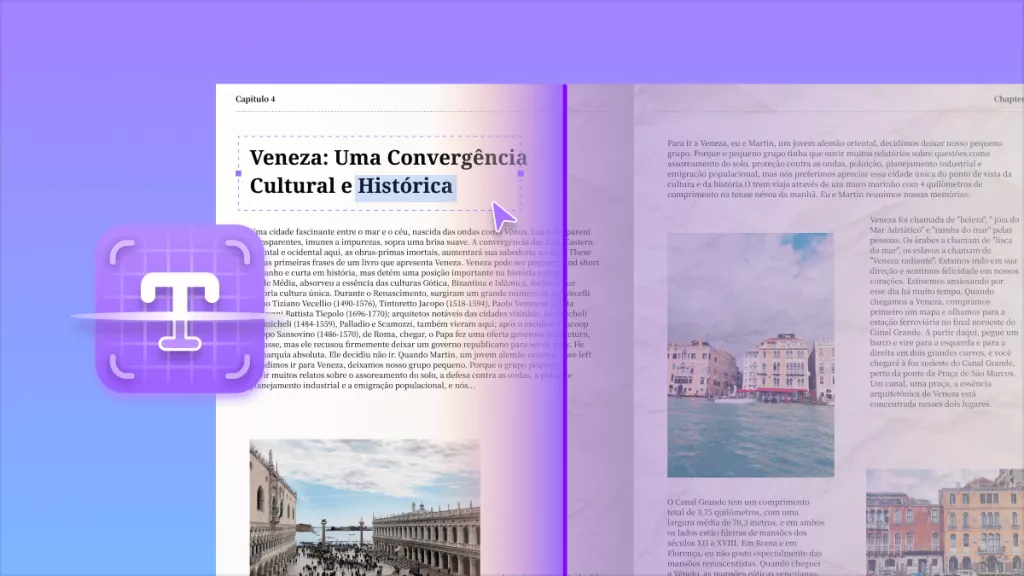
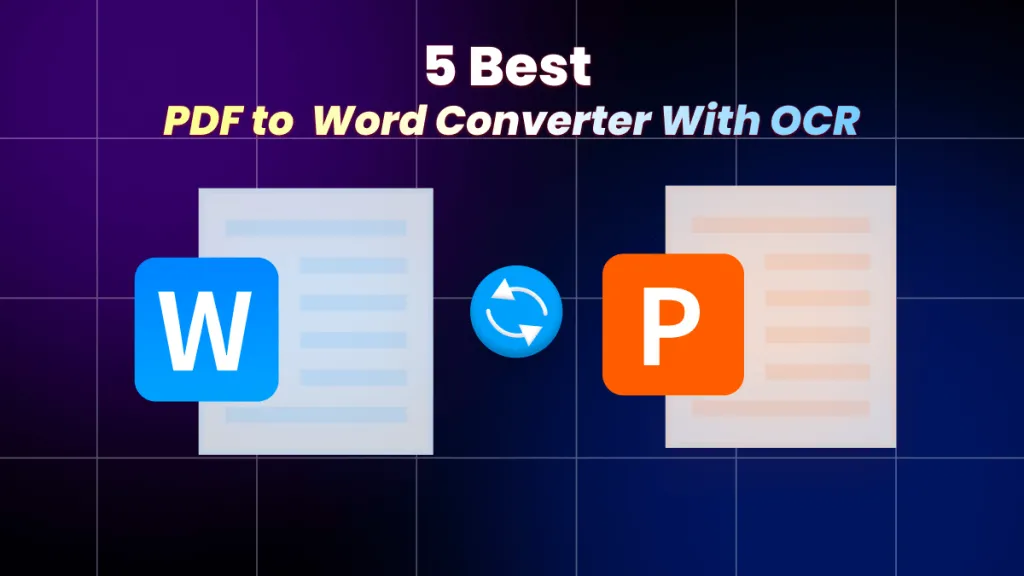

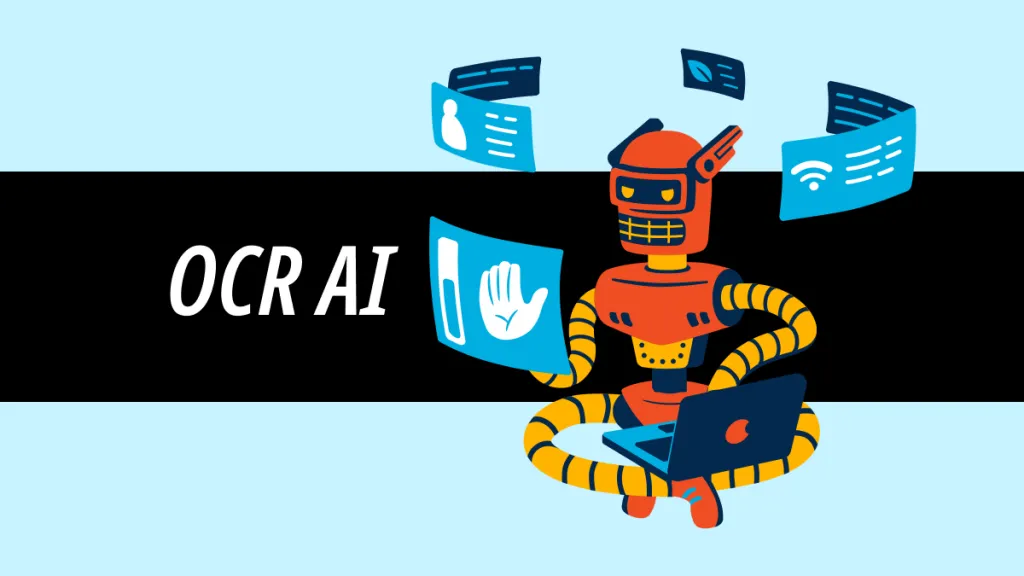

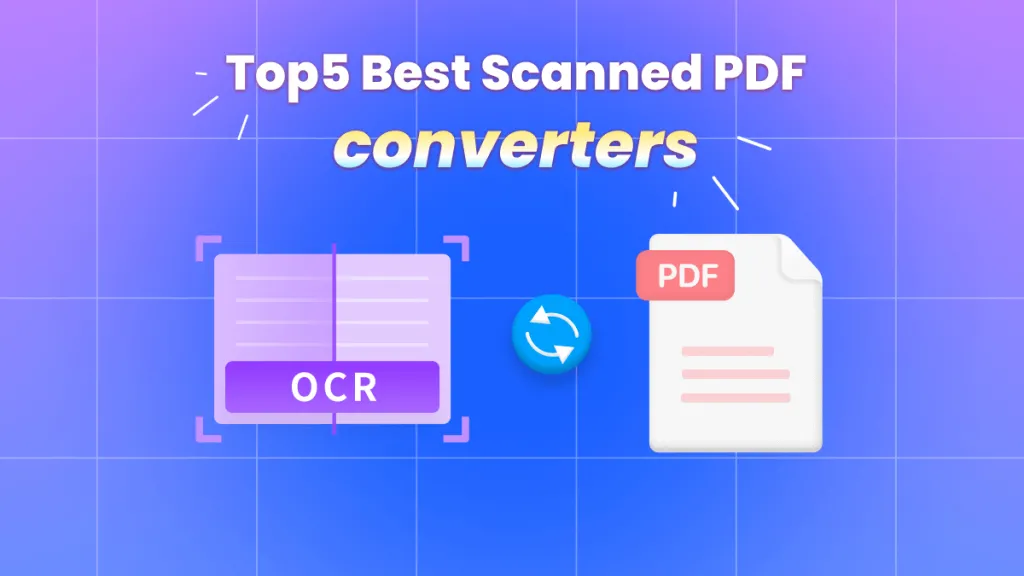
 Lizzy Lozano
Lizzy Lozano 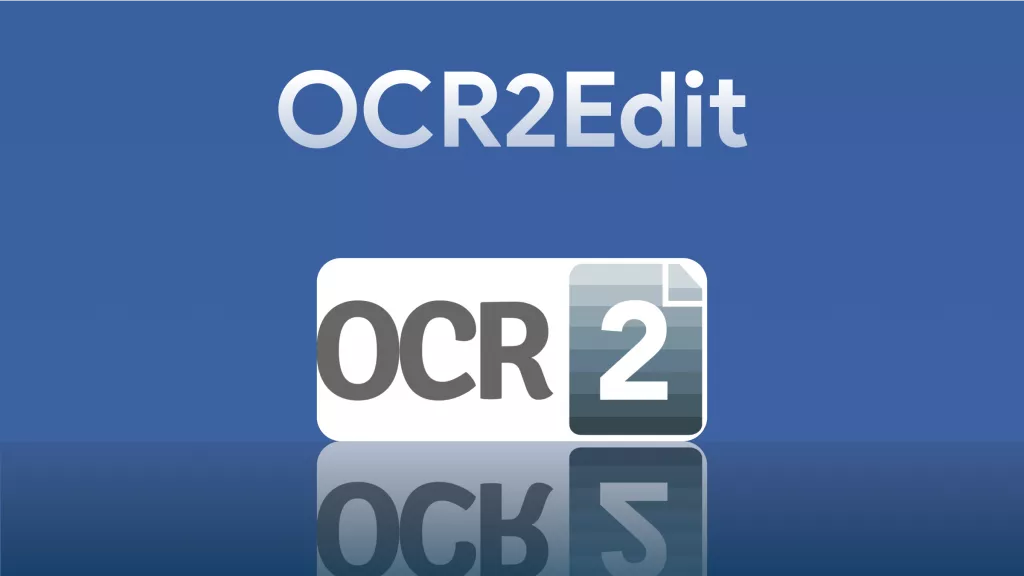
 Bertha Tate
Bertha Tate 